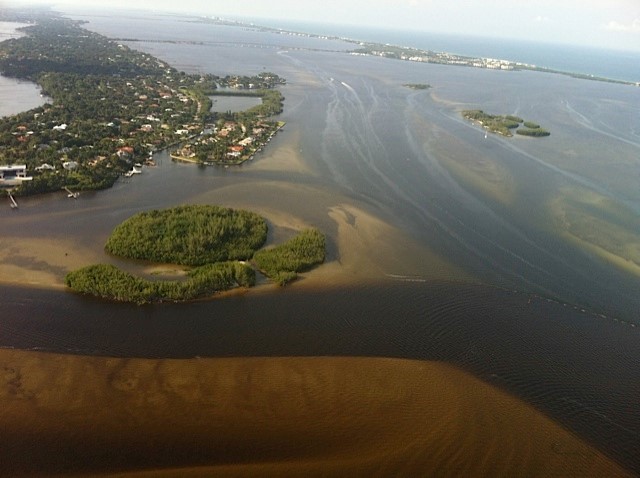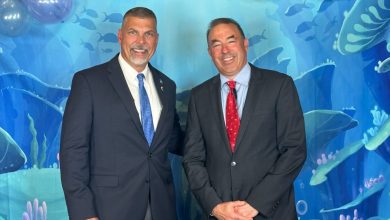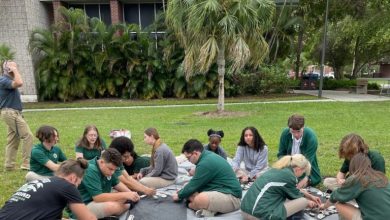De-mucking the Indian River Lagoon.
By Erin Fox
Located a hop away from campus is one of the most diverse ecosystems in the nation—the Indian River Lagoon. It is one of the best research labs any scientist could hope for and you’ll often can catch our students and professors conducting their research in its shallow waters.
I was really lucky to grow up on the Indian River, which is part of the main three groupings of lagoons that make up the Indian River Lagoon, which also include Mosquito Lagoon and the Banana River. I didn’t really appreciate it as much when I was younger because it was to “mucky” to swim in. Today, I spend most of my commute to work along its banks, eyeing osprey catch their breakfast on my way in and dolphins hunting their dinner on my way home.
Now, I have a greater appreciation for the lagoon and am inspired by all the actions Florida Tech students and professors are taking to help protect this declining estuary.
For more than 30 years, Florida Tech has been studying the Indian River Lagoon and the environmental impact humans have had on its ecosystem. Years of data and research are able to help scientists and citizens better understand what is happening and develop solutions to help combat its decline.
As Florida’s Space Coast has grown so have the problems for the Indian River Lagoon, from overfishing, pollutants and general neglect. The consequential accumulation of muck and sediment and algae blooms have exacerbated a bad situation, including major die offs of fish, manatees and dolphins.
Thankfully, there appears to be a major groundswell of interest in restoring the lagoon to its previous glory. With the recent creation of Florida Tech’s Indian River Lagoon Research Institute, students and professors have $865,000 in funding from the St. John’s River Water Management District to study sediment and groundwater. Their research is aimed at using this intelligence to help prevent algae superblooms like the one seen in 2011, which destroyed 47,000 acres of sea grass vital to the Indian River Lagoon’s ecosystem.
Beyond the institute, our professors are appealing to congress and the senate to take action and help preserve this natural treasure. Recently, Dr. Trefry presented to the Senate Committee on Environmental Preservation and Conservation on sediment accumulation and removal where he brought in three large bags of muck to help make his case.
Our students are just as passionate about spreading awareness for the issues facing the Indian River Lagoon and have developed informative and inspiring videos.
What the Muck, by graduate students Philip Gravinese, biological sciences Ph.D., and Lauren Toth, postdoctoral scholar.
An Estuary’s Story, by Allison Randolph, marine biology ‘14.
I’m hopeful that by the time my daughter is ready to start college that all the work Florida Tech students and faculty are putting into the Indian River Lagoon will allow her to enjoy the same sights I do on her drive to FIT.









A good initiative to save the river..